St Petroc (c.468–c.564) ministered throughout southwest England.
Devon Day: Feast of St Petroc
One Response to Devon Day: Feast of St Petroc
Search this website
Flag Days
Apr
23
Tue
2024
all-day
England: St George’s Day
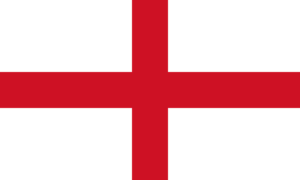
England: St George’s Day
Apr 23 all-day

St George’s Day is England’s national day – St George was named as England’s principal patron saint in 1416. St George’s Day is listed as a flag flying day (for England only) by UK[...]
Apr
25
Thu
2024
all-day
Huntingdonshire Day: Birthday of...
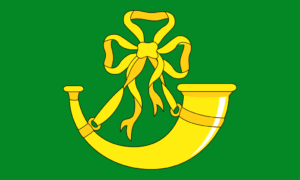
Huntingdonshire Day: Birthday of...
Apr 25 all-day

Oliver Cromwell (1599–1658) was an English statesman, politician and soldier. He was MP for his native Huntingdon (1628-9).
Apr
28
Sun
2024
all-day
International Workers’ Memorial Day
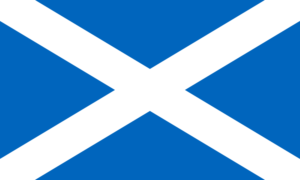
International Workers’ Memorial Day
Apr 28 all-day

International Workers’ Memorial Day is a day of remembrance and action for workers killed, disabled, injured, or made unwell by their work. It is an official flag flying day only in Scotland, not in the[...]
May
1
Wed
2024
all-day
Staffordshire Day: Anniversary o...
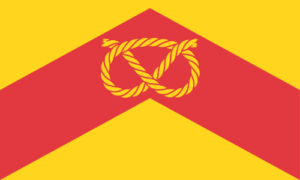
Staffordshire Day: Anniversary o...
May 1 all-day

Staffordshire Day commemorates the foundation date of Josiah Wedgwood and Sons (1759). The date was selected by public vote from a list that includes: 5 July – discovery of the Staffordshire Hoard (2009); 6 September[...]
May
6
Mon
2024
all-day
UK: Coronation of HM The King
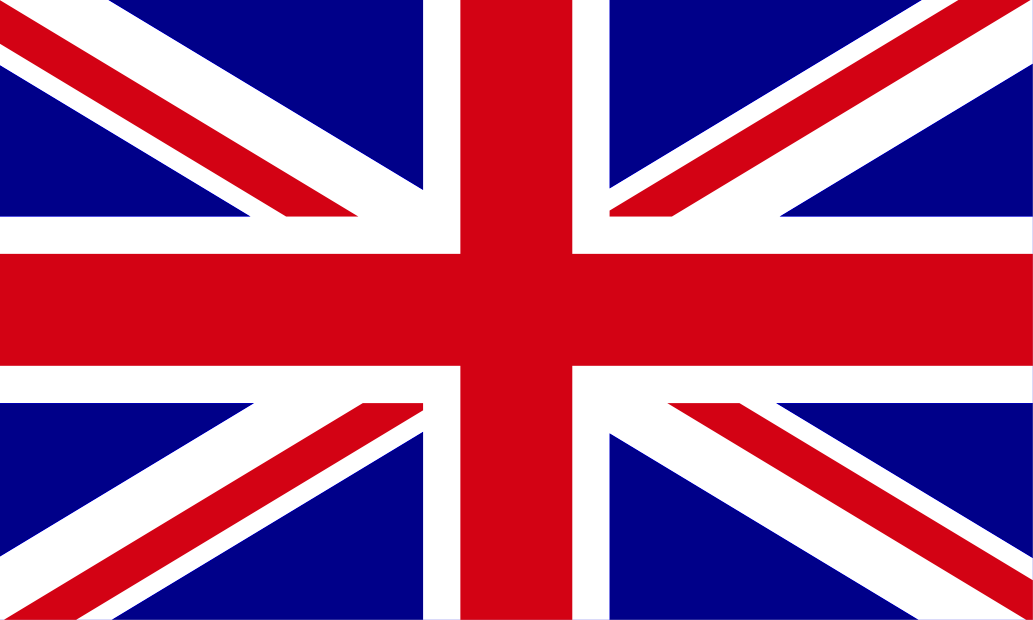
UK: Coronation of HM The King
May 6 all-day

The Coronation Day of HM The King is listed as a flag flying day by UK government guidance. The Union Flag is specified. https://www.gov.uk/guidance/designated-days-for-union-flag-flying The Coronation Day of HM The King is also listed as[...]
May
9
Thu
2024
all-day
Europe Day (European Union)
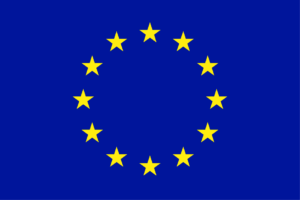
Europe Day (European Union)
May 9 all-day

Europe Day is celebrated annually on 5 May and 9 May. The European Union designates 9 May, the anniversary of the Schuman Declaration (1950). https://european-union.europa.eu/principles-countries-history/symbols/europe-day_en The Council of Europe designates 5 May, the anniversary of[...]
all-day
Guernsey: Liberation Day
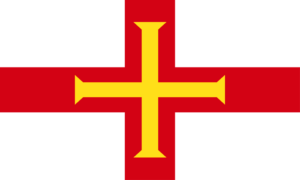
Guernsey: Liberation Day
May 9 all-day

Guernsey celebrates Liberation Day (Lé Jour dé la Libératiaon in Guernsey French) annually on 9 May. The date commemorates the island’s liberation in 1945 from German occupation during the Second World War.
all-day
Jersey: Liberation Day
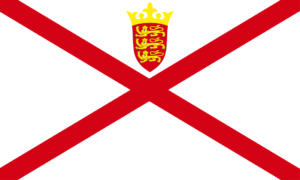
Jersey: Liberation Day
May 9 all-day

Jersey celebrates Liberation Day (Jour d’la Libéthâtion in Jersey French) annually on 9 May. The date commemorates the island’s liberation in 1945 from German occupation during the Second World War.
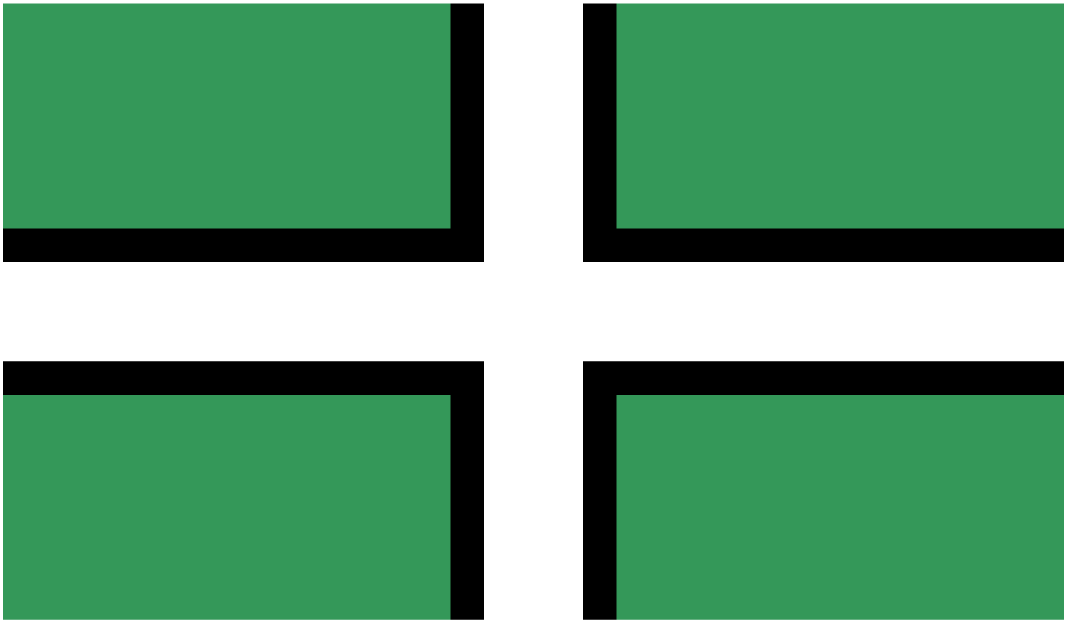


The Devon flag is a very pleasant eye-catching design, but the only small pity is that it breaks one of the basic rules of Heraldry, – namely : no two tinctures (colours) can be adjacent to one another. In this case, the Sable (black) should not be in contact with the Vert (green). The only way round this problem would be to emulate the Union Flag by adding an Argent (silver) fimbriation (narrow border) between the Sable and the Vert. It would then be absolutely heraldically correct. Incidentally, in Heraldry, there are no colours white or yellow, and instead two metals are employed – Argent (silver) and Or (gold). The cross which appears as white would actually be the heraldic metal Argent (silver), but white is commonly used, especially on flags, like the Union Flag). That is why the fimbriation should match the cross, using silver of white.